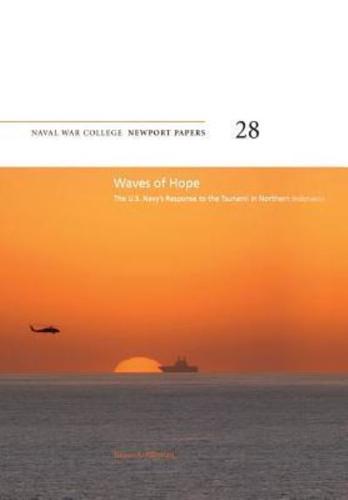Publisher's Synopsis
The powerful underwater earthquake that occurred off the coast of Sumatra on 26 December 2004 generated the most destructive tsunami ever recorded, drowning more than 150,000 people without warning in exposed littoral areas from Indonesia to South Africa. The destruction was particularly severe in the Aceh Province of Indonesia, at the northwestern tip of the island of Sumatra. There entire villages were destroyed within minutes as waves of thirty feet or more advanced far inland, while destruction of the main coastal highway made the entire region virtually inaccessible to Indonesian authorities ashore. In these extraordinary circumstances of human suffering, the U.S. Navy was able to play a key role in organizing what was to become a massive, multinational humanitarian relief operation, one based and executed virtually entirely "from the sea." Working closely with the Indonesian government and military, the Navy delivered, beginning within days of the disaster, vast quantities of emergency food and other supplies and provided on-the-spot emergency medical treatment to thousands of injured and displaced persons along the Aceh coast. Humanitarian relief has long been recognized as a mission of the American armed forces and of the U.S. Navy in particular. The scale and complexity of the tsunami's impact, however, posed particular and in some respects novel challenges to the Joint Task Force 536 (JTF 536) that was created to deal with the situation, not least of them the requirement imposed on it to operate exclusively from an improvised "sea base," to use a term that has gained some currency in recent discussions of naval missions and capabilities. In Newport Paper 28, Waves of Hope: The U.S. Navy's Response to the Tsunami in Northern Indonesia, historian Bruce A. Elleman provides the first comprehensive history and analysis of what would become known as Operation UNIFIED ASSISTANCE. Elleman, a research professor in the Department of Maritime History at the Naval War College, has produced a valuable and indeed unique study, one that makes use of a variety of internal Navy documents, oral histories, and interviews with a number of senior naval officers, including the then Chief of Naval Operations, Admiral Vern Clark. It is to be hoped that it will prove of immediate benefit to planners in the naval and joint worlds of the U.S. military, as well as to those of other nations potentially interested in exploiting its lessons to improve their own capabilities in this frequently neglected yet vital-indeed, life-saving-military mission









